Stafelter
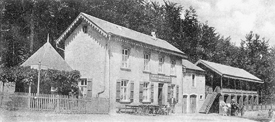 |
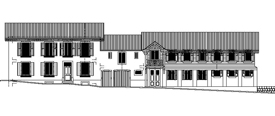 |
| The house of the Stafelter had been a much visited leisure inn once. | Map of the restoration works |
It is at the location « Stafelter » that you can find one of the rare buildings in the Grünewald. The oldest indication of this house goes back to the year 1889 a document of the Administration of the Grand-Duke property. The house first served as dwelling for the forest official of the Grand Duke and had been changed into a pub later on. As for the origin of the name “Stafelter”, several explanations are circulating. At the crossing point of the trails stood once a kind of stone table, called “Staffelstein” where juristic matters were discussed. But the name may also come from the word “Stapelstein” meaning stone to pile up, as once merchandising was done on these locations (the old Roman road is not far from there) and the goods had probably been piled up there.
”Doudeg Fra”
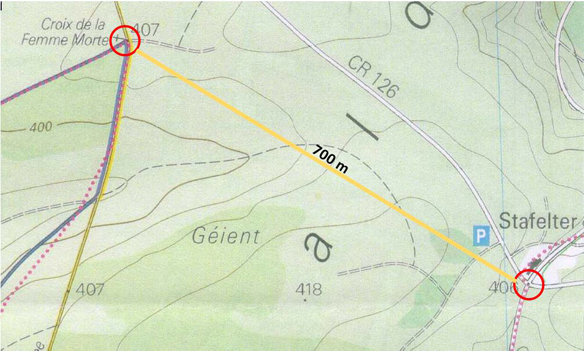
The “Dead Woman”, prehistorical sanctuary of the Alma Mater?
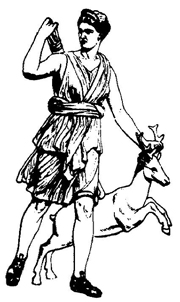 The “Dead Woman”, sanctuary of the roman goddess Diana ? |
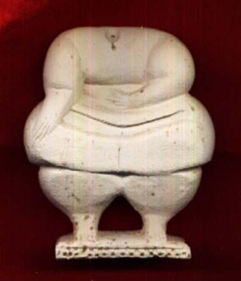 The “Dead Woman”, prehistorical sanctuary of the Alma Mater, as a symbol for fertility? |
The situation of the “Dead woman” near springs and fountains, as well as the old tradition to offer branches along the old Roman and Celtic road, probably allows reasoning that this site had been a prehistoric sanctuary. These locations were often preserved for following civilisations as for example to worship the roman gods or to erect a Christian crucifix.
The crucifix
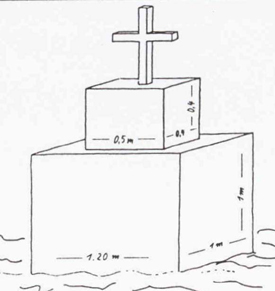 |
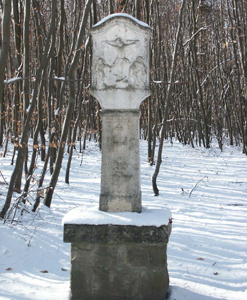 |
| Up to the middle of the 20th century a crucifix, erected on several stone blocks, stood here on this place. In 1982 it had been replaced by a new road crucifix showing, according to the old national tradition the crucifixion scene. | |
The “Dead Woman” = Elisabeth of Görlitz ?
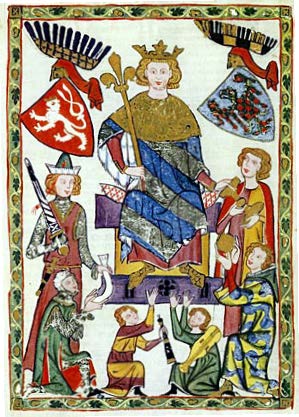
King Wencelaus pledged the territory of Luxembourg to Elisabeth of Görlitz.
Another interpretation of the “Dead Woman” may be that it represents Elisabeth of Görlitz (1391–1451). In 1388 King Wencelaus pledged the territory of Luxembourg for his debts against his cousin Jobst of Moravia. After his death in 1409, his widow Elisabeth of Görlitz had been the only Pawnee of Luxembourg. During all the years of her reign, the princess had so many debts that she had to sell in 1441 Luxembourg to the Duke Philippe of Burgundy.
According to an old text issued by the Heiliggeist Monastery, this act of sale happened precisely at this location called “Dead Woman” and had been accomplished by the old tradition of “hand hitting”. This old act wants that the seller holds a branch and a handful of soil in his hand and that the buyer has to make it fall down by hitting the seller’s hand.
Apparently Elisabeth of Görlitz said immediately after the sale act “Now I am a dead woman”, the word “dead” of course has to be understood in the meaning of “done”, “ineffectual” or “worthless”. According to passed down conventions, up from that day on branches were put on that place with the words “This is for the dead woman”.
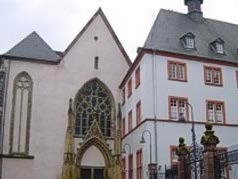 The Jesuit Church in Treves ‑The burial place of Elisabeth of Görlitz |
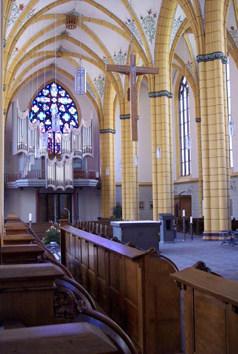 |
